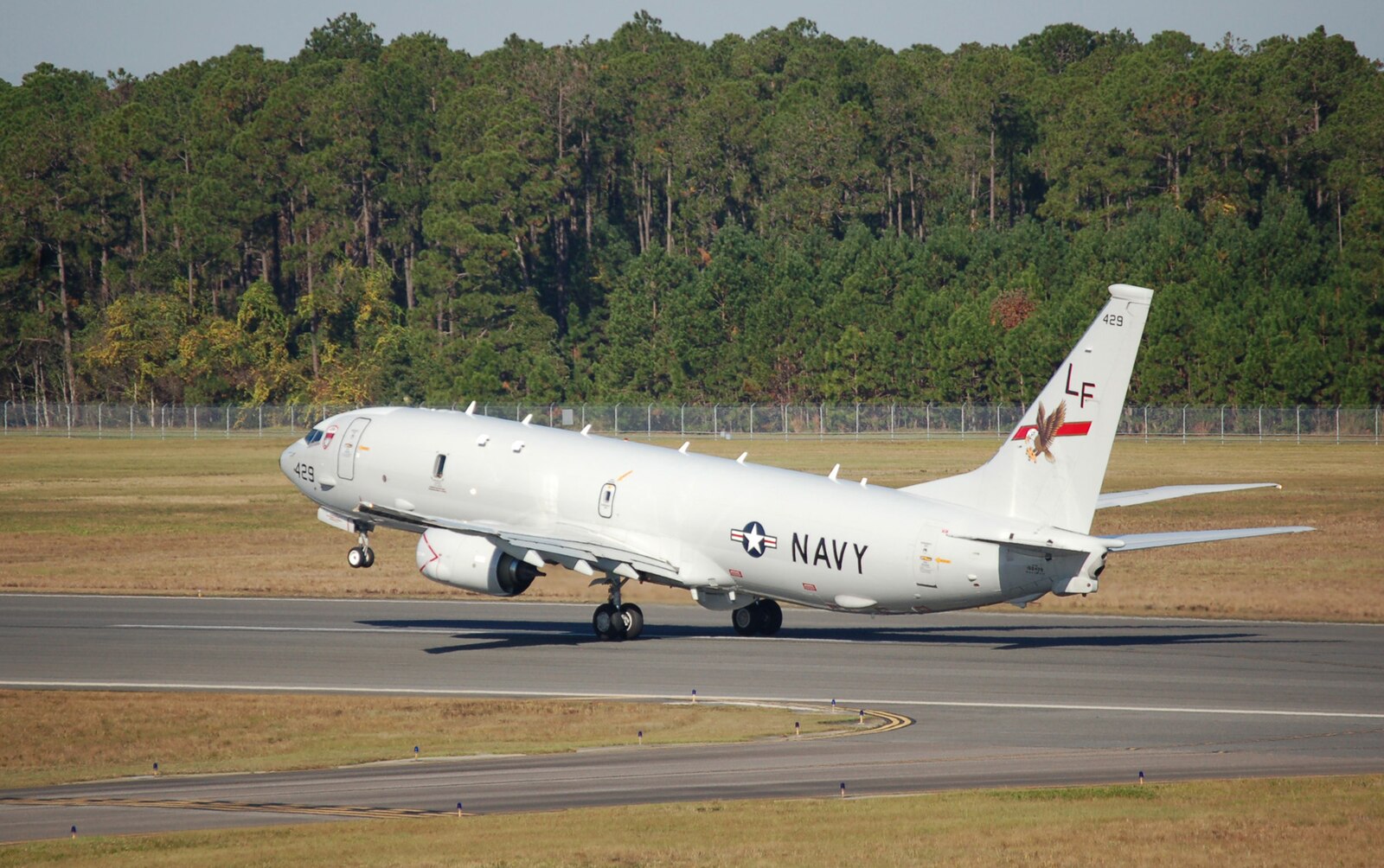This article is included in these additional categories: Airbus | Americas - Other | Australia & S. Pacific | BAE | Boeing | Canada | Contracts - Awards | Contracts - Modifications | Delivery & Task Orders | Electronics - General | Europe - Other | Field Innovations | FOCUS Articles | GE | India | New Systems Tech | Northrop-Grumman | Other Corporation | Partnerships & Consortia | Project Failures | Radars | Raytheon | Small Business | Specialty Aircraft | USA
P-8 Poseidon MMA: Long-Range Maritime Patrol, and More

April 19/24: D-J Engineering Inc. won a $30 million deal for machine shop requirements for supplies related to EA-18G and P-8A aircraft components and related platforms/requirements for Naval Surface Warfare Center Crane. Each awardee will be awarded $10,000 obligated at time of award. These contracts include options which, if exercised, would bring the total value to the ceiling of $30,000,000 to the four vendors combined. Each contract has a five-year base with option years that can take the contract up to10 years ending April 2034. Fiscal 2024 Working Capital Fund (Navy) funds in the amount of $40,000 to satisfy the contract minimums will be obligated at time of award which amounts to $10,000 for each of the four awardees. All the work will be performed at the locations listed above for the awardee of each delivery order. The funding will not expire at the end of the current fiscal year and has indefinite availability for obligation. All other funding will be made available at the delivery order level as contracting actions occur. This contract was competitively solicited via the Procurement Integrated Enterprise Environment Module and publicized on the System for Award Management website, with six offers received. The Naval Surface Warfare Center Crane Division, Crane, Indiana is the contracting activity.
For more on this and other stories, please consider purchasing a membership.
If you are already a subscriber, login to your account.
If you are already a subscriber, login to your account.
P-8A Poseidon (click to view full) Maritime surveillance and patrol is becoming more and more important, but the USA’s P-3 Orion turboprop fleet is falling apart. The P-7 Long Range Air ASW (Anti-Submarine Warfare) Capable Aircraft program to create an improved P-3 began in 1988, but cost overruns, slow progress, and interest in opening the […]

One Source: Hundreds of programs; Thousands of links, photos, and analyses
DII brings a complete collection of articles with original reporting and research, and expert analyses of events to your desktop – no need for multiple modules, or complex subscriptions. All supporting documents, links, & appendices accompany each article.
Benefits
- Save time
- Eliminate your blind spots
- Get the big picture, quickly
- Keep up with the important facts
- Stay on top of your projects or your competitors
Features
- Coverage of procurement and doctrine issues
- Timeline of past and future program events
- Comprehensive links to other useful resources
Monthly
$59.95/Per Month
- Charged Monthly
- 1 User
Quarterly
$50/Per Month
- $150 Charged Each Quarter
- 1 User
Yearly
$45/Per Month
- $540 charged each year
- 1 User
2 years
$35/Per Month
- $840 Charged every other year
- 1 User
